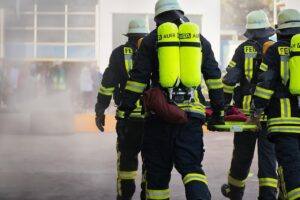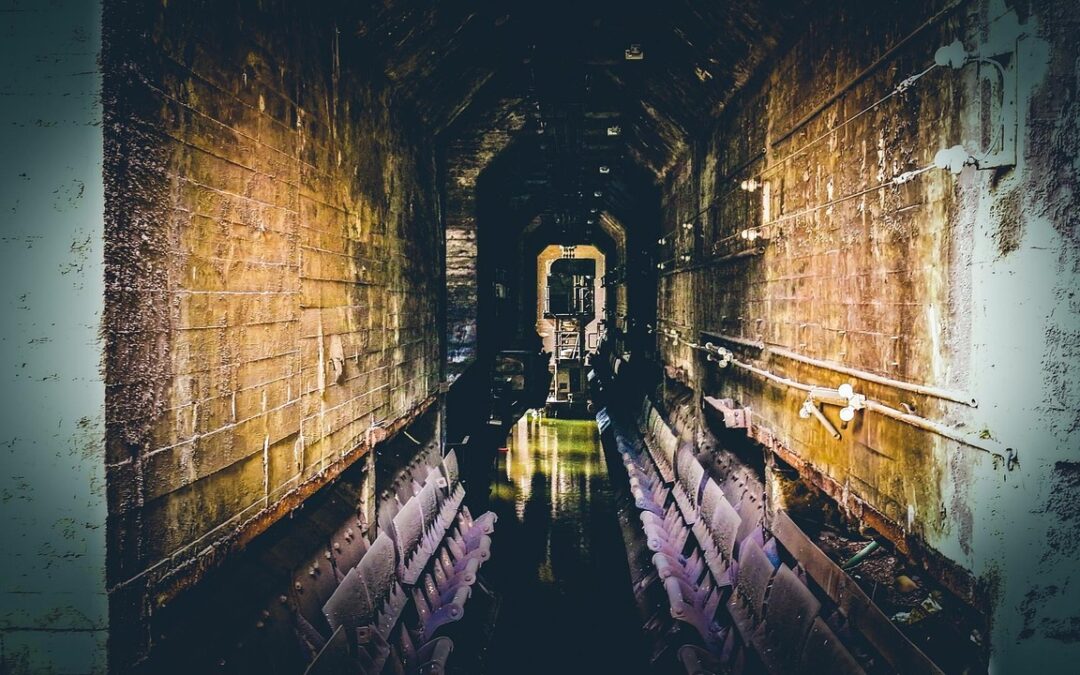Mining has long been a cornerstone of economic development in many communities, providing jobs, infrastructure, and opportunities. However, while mining can bring prosperity, it also comes with significant risks. When accidents occur, the consequences ripple through the surrounding communities, causing not only tragic loss of life but long-term emotional, economic, and health challenges. The human toll of mining accidents extends far beyond the immediate victims, affecting families, neighborhoods, and entire towns.
Understanding the ripple effect of mining accidents helps highlight the need for stronger safety measures and a collective responsibility to prevent future tragedies. This article explores the profound impact mining accidents have on communities and families, revealing the often-hidden costs of industrial disasters.
How Mining Affects Communities
Mining has long been a source of income and development for towns across the world. It brings jobs, infrastructure, and opportunities. But when accidents happen, the consequences are devastating. While a mining operation may bring short-term prosperity, disasters reveal the hidden cost. Entire communities can face emotional trauma, economic loss, and long-term health problems. Understanding the ripple effect of mining accidents on communities and families makes it clear why extensive safety measures are so important.
Beyond the Numbers: The Human Toll of Mining Accidents
Every number in a mining accident report is a person—a father, a mother, a sibling, a friend. When accidents happen, families lose loved ones, and communities lose pillars of strength. Grief replaces routine. Fear replaces hope. The trauma of these events doesn’t end when the news coverage stops. For the families left behind, the effect of mining accidents on communities and families is felt every single day.
Emotional and Mental Health Impacts on Families After Mining Tragedies
The emotional toll on families is severe. Survivors often experience depression, anxiety, and PTSD. Children lose parents, spouses lose partners, and elderly parents lose their support system. Community mental health resources are often overwhelmed or unavailable. Many families have no choice but to grieve privately, in silence. Mental health support must become a priority in the aftermath of mining disasters.
When the Mine Shuts Down, the Whole Town Feels It
When a mine shuts down after an accident, entire towns can be thrown into crisis. In mining-dependent areas, jobs disappear overnight. Local businesses lose customers. The economy suffers, and so do the people. What began as a workplace incident becomes a community-wide emergency. The effect of mining accidents on communities and families includes widespread economic disruption that can last for years.
Even without disasters, mining operations can affect the health of nearby residents. Dust, contaminated water, and air pollution can cause chronic illnesses. After an accident, exposure to hazardous substances may increase, especially if containment fails. Long-term studies have shown increased rates of respiratory illness and cancer in some mining communities. Better monitoring and public health interventions are needed.
Despite the pain, communities often come together after a tragedy. Memorial services, vigils, and shared grief become acts of healing. In the aftermath of disaster, people show incredible resilience—offering meals, raising funds, and comforting one another. This solidarity is powerful, but it shouldn’t be the only line of defense. Preventing future disasters is the greatest act of love communities can give.
Voices for Change: Families Turned Advocates for Mining Safety Reform
Many families affected by mining disasters become powerful advocates. They speak at hearings, push for new laws, and share their stories publicly. Their goal is simple: to make sure no one else has to suffer the way they did. Their courage transforms personal tragedy into collective action. These advocates remind us that the effect of mining accidents on communities and families includes a call for justice.
Communities want transparency from mining companies, stronger safety inspections, emergency response plans, and real consequences for negligence. They want workers to have a voice in safety decisions and families to have access to health care and financial aid if disaster strikes. They want to know someone is watching out for them. Most of all, they want accidents to stop happening.

Lessons from Past Disasters: How Tragedy Shaped MSHA Safety Standards
Disasters like the Sunshine Mine fire and the Sago Mine explosion led directly to life-saving reforms. The U.S. Mine Safety and Health Administration (MSHA) was created to prevent these tragedies from repeating. Safety standards, inspections, training, and emergency protocols were all strengthened. These changes prove that progress is possible—when we listen to those most affected.
Behind every headline is a long list of costs—lost lives, broken families, shuttered towns, and polluted environments. These are the real consequences of inadequate safety. By understanding the ripple effect of mining accidents on communities and families, we gain the motivation to push for better practices, stricter regulations, and more humane mining operations. Reform is not just possible—it’s urgent.

